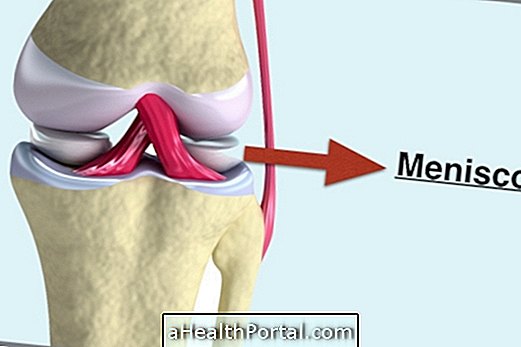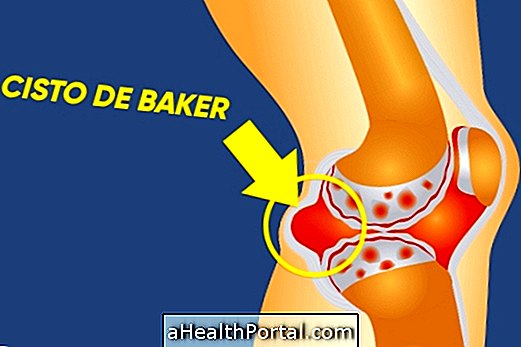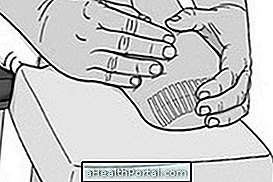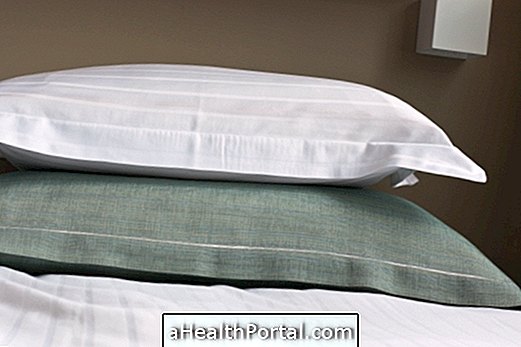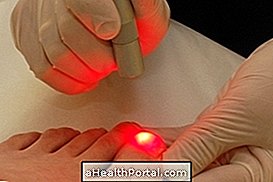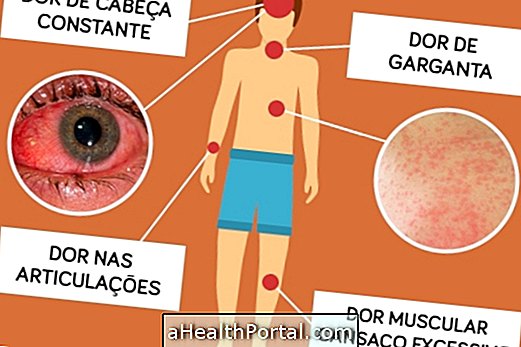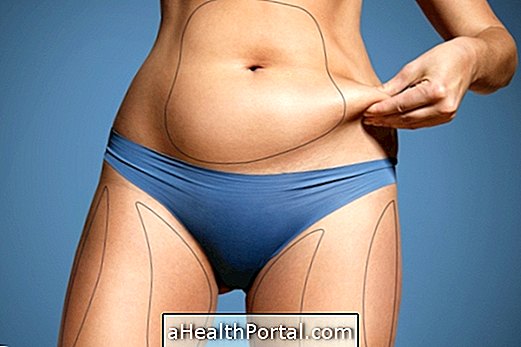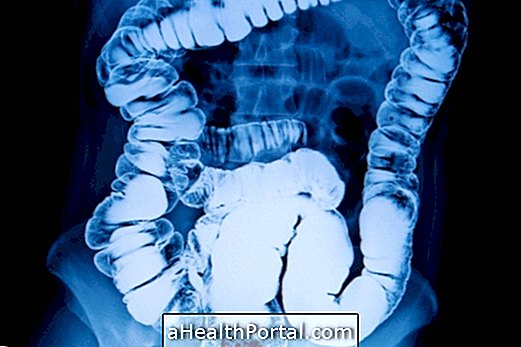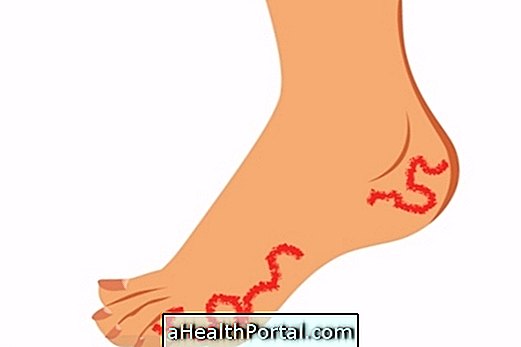To treat kyphosis, it may be necessary to have physiotherapy sessions, use firmer mattresses or insoles in the shoe, and in some cases, surgery to correct the spine may be the only solution to definitively cure kyphosis.
Dorsal kyphosis, also known as thoracic kyphosis, is a deviation in the spine, which causes the back to become crooked in a "hunchback" position, and usually the person has the neck, shoulders and head bent forward. Often, kyphosis appears to compensate for lordosis and, in some cases, cervical kyphosis, is accompanied by scoliosis, which are changes in the spine. Read more in: Cifose.


Generally, kyphosis is more common in adolescents due to malformations or, in postmenopausal women, when osteoporosis occurs, since the bones of the spine weaken and become crooked.
Tips for treating kyphosis
To treat kyphosis you can follow some tips, such as:
- Use a firm bed mattress, causing your back to be straight;
- Wear a hard orthopedic vest or strap, only by medical indication, and that leads to a correct posture;
- Use postural insoles on the sole of the foot, inside the shoe and adapted to each case;
- Maintain correct posture . Here are some exercises to improve posture;
- Exercise regularly to strengthen muscles, especially the back and shoulders;
- Eat a diet rich in calcium and vitamin D to maintain good bone density and avoid the risk of fracture. See more in: Diet rich in calcium.
In addition to these tips, the person with kyphosis can do physiotherapy sessions, drug treatment and in some cases perform surgery to treat kyphosis.
Exercises for kyphosis
To treat kyphosis, a person should do physical therapy sessions with a professional, at least once a week for 1 hour, performing exercises for postural reeducation of the spine so that it becomes more aligned. However, one can do:
- Gym exercises: The person can use machines, such as the "flying" that help the chest muscles work, which help to correct the posture.
- Exercises for the abdominal: strengthening the belly muscles can help improve posture;
- Swimming, water aerobics or rowing: these are good kyphosis exercises as they help strengthen the back muscles and improves physical fitness, helping to put the shoulders back.
In addition, stretching exercises can improve spine flexibility and relieve back pain due to poor posture. Learn more about exercises to correct kyphosis.
How to relieve pain
The person with kyphosis may have back pain because of the wrong spine position and so the use of painkillers such as Paracetamol or anti-inflammatories such as Ibuprofen may help relieve pain. However, this measure does not treat kyphosis, it only relieves the symptoms.
In addition, in the case of older people with kyphosis, it may be necessary to take osteoporosis remedies as calcium supplements, to help prevent fractures of the spine caused by the spine pie.
Surgery at the spine
When kyphosis is very severe, the doctor may indicate surgery on the spine to definitively treat kyphosis and make correction of the deviation, and it is usually done in young adolescents.
The surgery is performed when the pain is very uncomfortable and it hampers the activities of the day to day, being put screws in the vertebrae. In the vast majority of cases, it recovers within 4 months and it is not necessary to wear any type of vest after the procedure.
